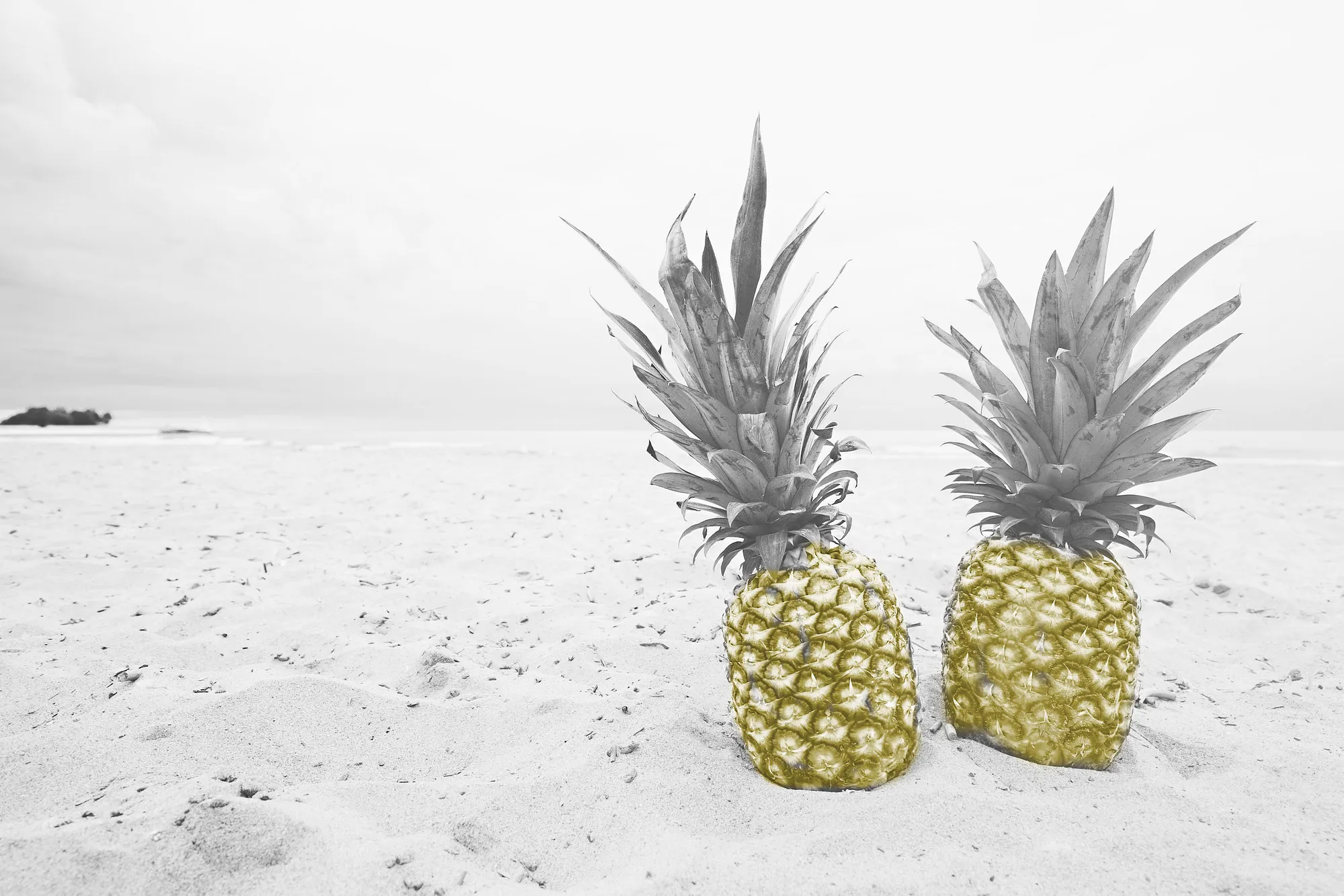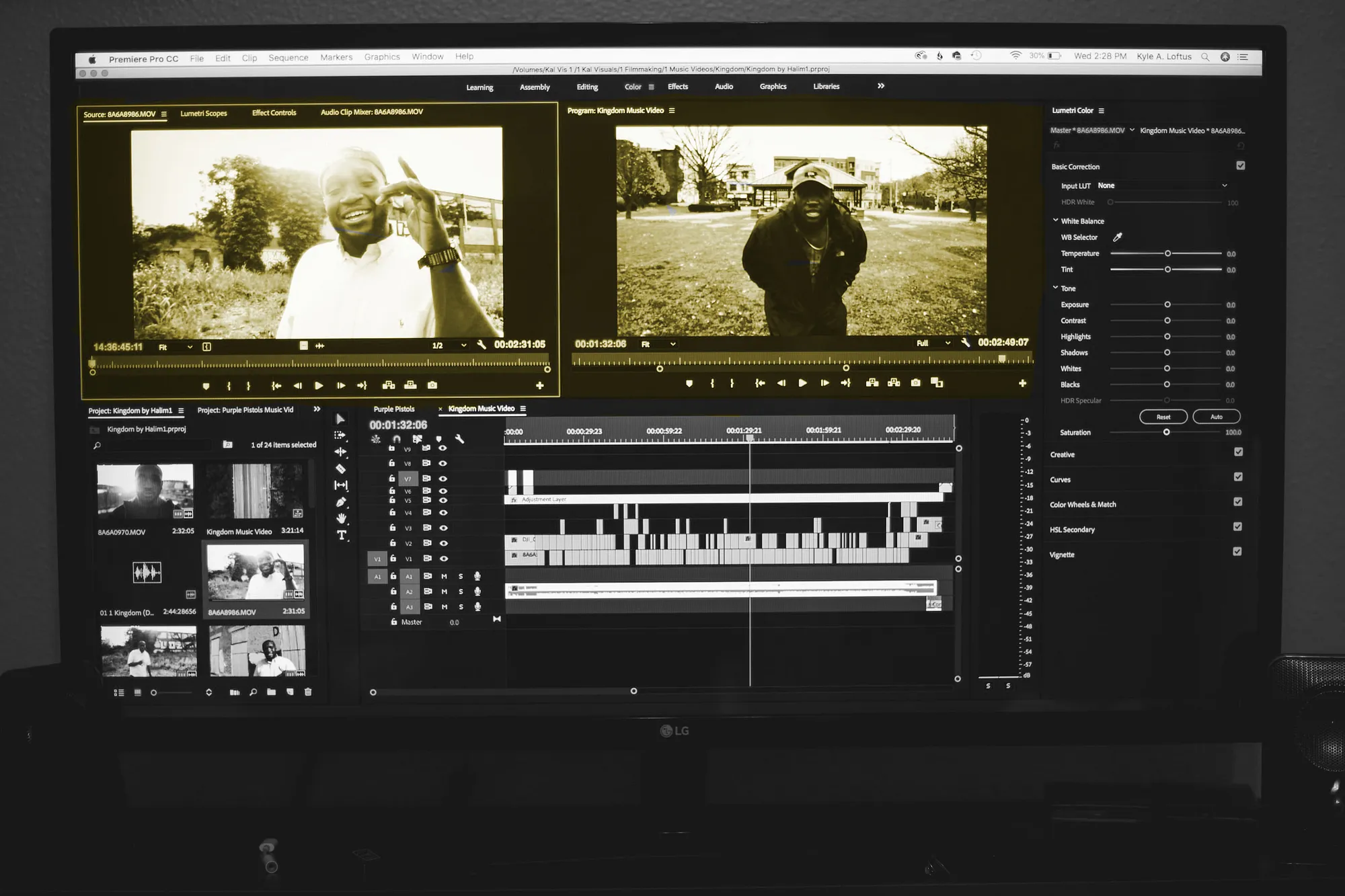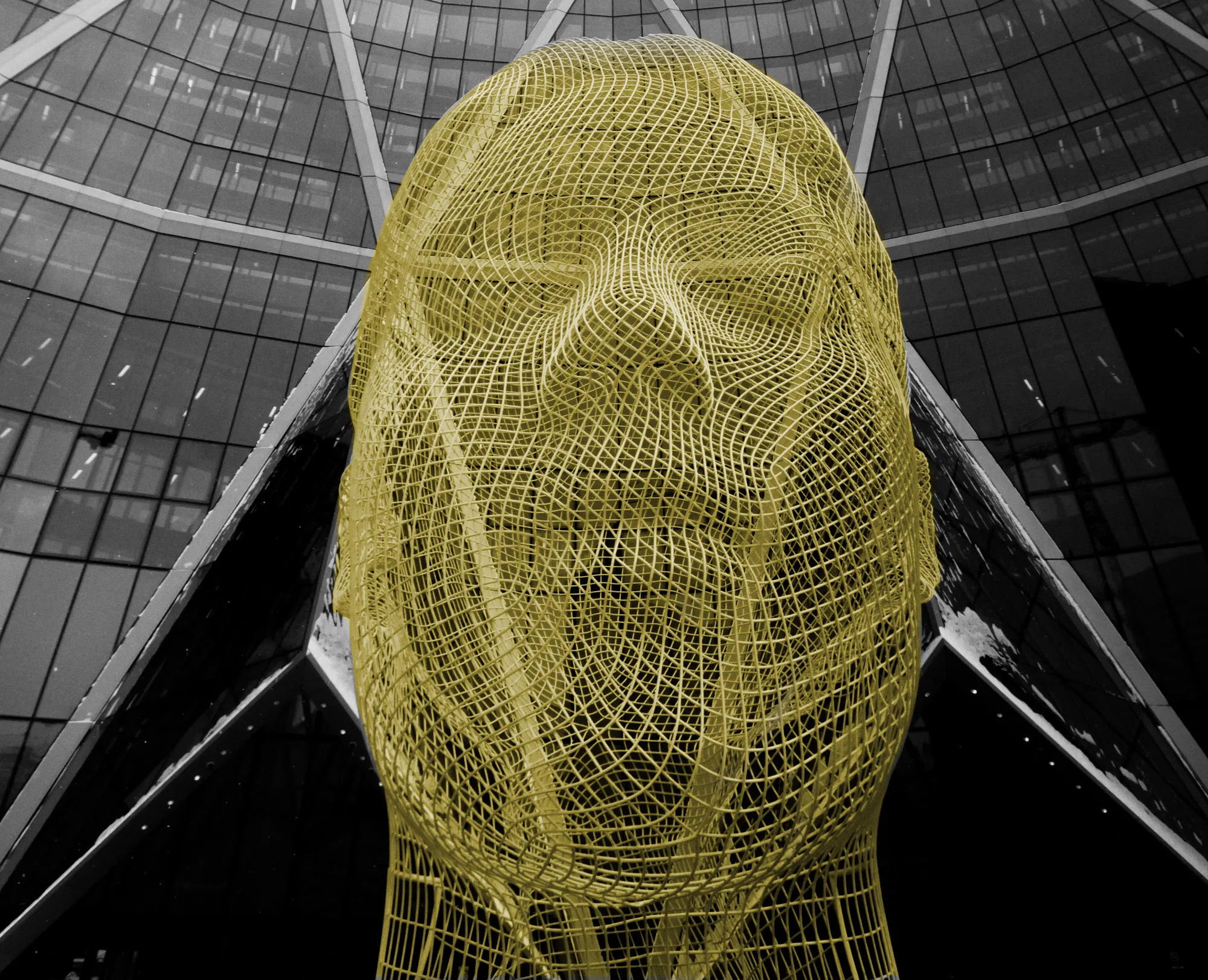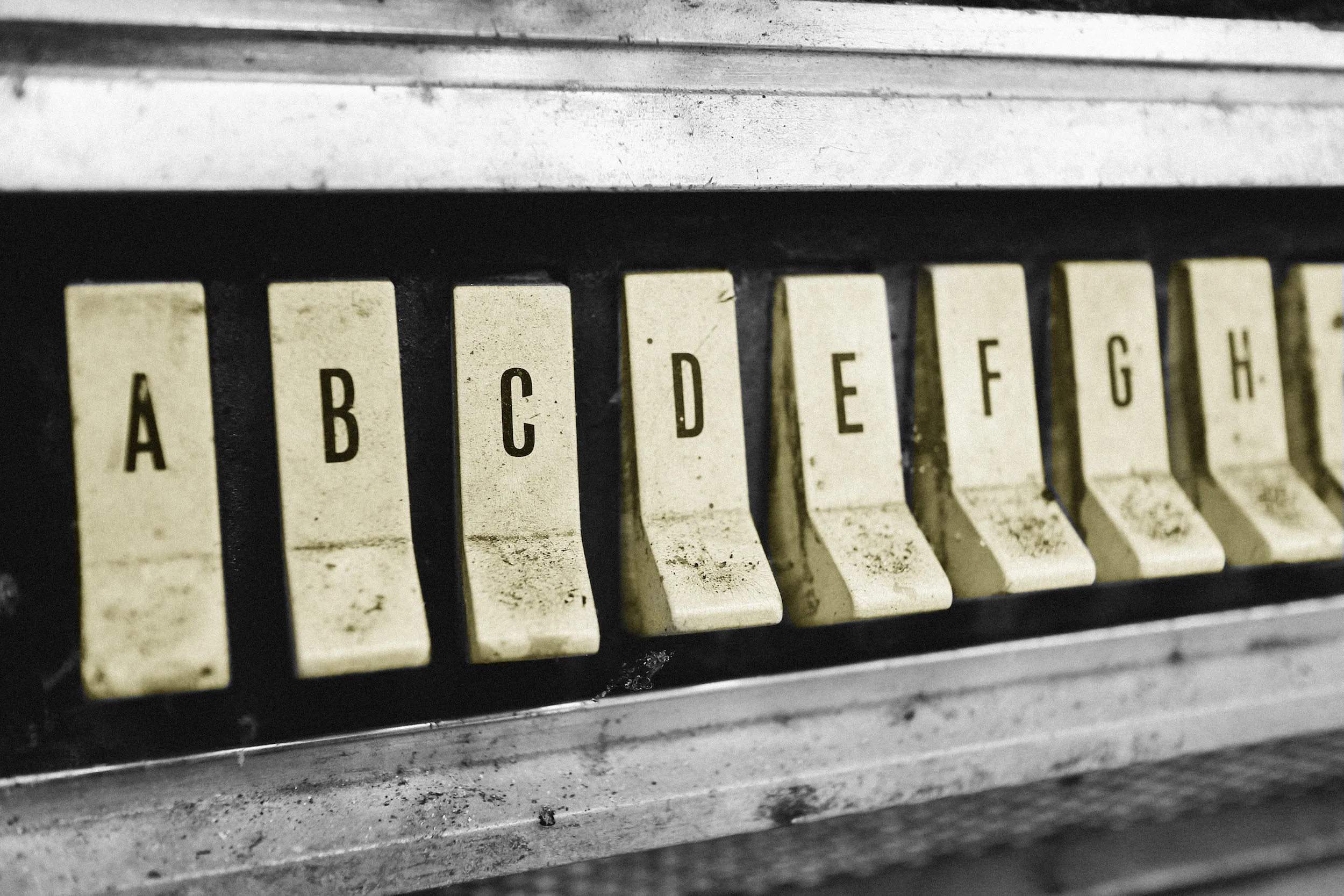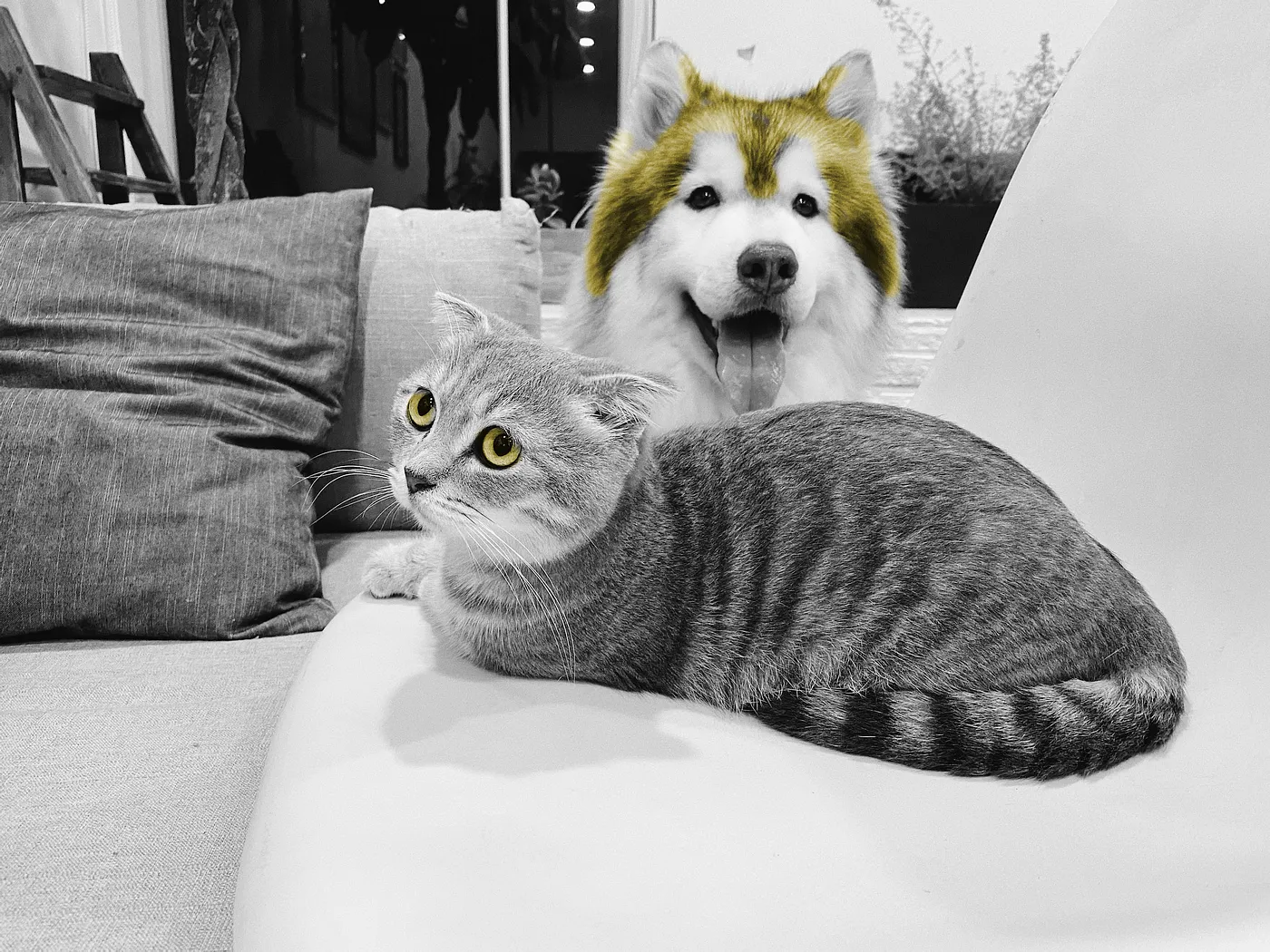Clone is the latest SnapML-powered Lens built by the team at Fritz AI. As the name suggests, the Lens lets users create digital clones of objects in the real world. If you haven’t already, try it out for yourself here:
Author: Fritz
Articles Fritz has written:
Real-Time 3D Object Detection on Mobile Devices with MediaPipe
ArticlesObject detection has always been one of the most extensively studied problems in computer vision. Being one of the most basic and rudimentary forms of detection, and unparalleled in its usefulness, object detection has been used in many commercial computer vision based applications.
However, recently some light has been shed on an earlier oversight, which is now leading to an entirely new set of problems in the relatively mature field.
Continue reading “Real-Time 3D Object Detection on Mobile Devices with MediaPipe”
Looking at Post Effects in Lens Studio
ArticlesLens Studio enables you to add visible effects such as Analog Tv, Pixelization, and Color Correction Post Effect which improves the nature of your lenses. The Post Effects are built-in Lens Studio and therefore free to use. In this article, we will look at how you can add Post Effects and Color Correction Effects and how they can be modified to achieve the outcome that you want.
Let’s get started!
Building a Custom Glasses Snapchat Lens with Fritz AI and Lens Studio — Zero Code Involved
ArticlesA few weeks ago, Snapchat released a new feature where AI developers can easily integrate their own custom models — one of these features is the ability to segment regions of the view and project fun and immersive AR effects. We’ll cover this ML task in this article.
Lens Studio, an augmented reality creativity suite released by Snapchat in 2017, gives users the opportunity to create their own augmented reality (AR) Lenses.
Titanic Survival Prediction using Danfo.js and TensorFlow.js
ArticlesAbove, you wrote an async function because loading the dataset over the internet takes a few seconds, depending on your network. Inside the async function, you pass in the URL of the Titanic dataset to the read_csv function.
Continue reading “Titanic Survival Prediction using Danfo.js and TensorFlow.js”
Getting Started with Face Landmark Detection in the Browser with TensorFlow.JS
ArticlesIn this tutorial, our work on implementing various demo apps using the TensorFlow.js library continues. In the most recent tutorial on using TensorFlow.js, we detected a specific hand gesture—a “thumbs-up” pose using the handpose library.
This tutorial is going to demonstrate similar logic for detecting the keypoints of a full face mesh using the facemesh model library.
Specifically, we’ll learn how to detect face poses using the webcam and then draw the facial landmarks that make up a face mesh, using path and triangular face data matrices. The idea is to create a React app with a webcam stream that feeds the video data to the model, allowing it to make keypoint predictions.
Continue reading “Getting Started with Face Landmark Detection in the Browser with TensorFlow.JS”
PyTorch Mobile: Image Classification on iOS
ArticlesPyTorch is one of the most sought-after deep learning frameworks. It has its own advantages over the other widely used frameworks like TensorFlow (here’s a great comparison of these two frameworks). Facebook recently released PyTorch 1.3 and plugged the missing piece of the pie in their framework—which is, mobile support for Android and iOS.
Up until now, the two most used mobile machine learning frameworks were Apple’s Core ML and Google’s TensorFlow Lite. So PyTorch’s entry into the mobile domain should be an interesting one. It’ll get a tough challenge from Core ML, but considering the cross-platform support, PyTorch will likely carve out its own space.
Continue reading “PyTorch Mobile: Image Classification on iOS”
Research Guide for Transformers
ArticlesTransformers are a type of neural network used in neural machine translation, which mainly involves tasks that transform an input sequence to an output sequence. Such tasks include speech recognition and text-to-speech transformation, just to mention a few.
These kinds of tasks require memory—the upcoming sentence has to work with some context from the previous sentence. This is quite critical so as not to lose any important context between sentences.
Until recently, recurrent neural networks (RNNs) and convolutional neural networks (CNNs) have been used to tackle this challenge. The problem with these is that they aren’t able to keep up with context and content when sentences are too long.
Build a Cat-or-Dog Classification Flutter App with TensorFlow Lite
ArticlesObject detection, image classification, gesture recognition—these computer vision tasks are all hot topics in today’s machine learning landscape. There are many applications today that leverage these technologies to provide efficient and optimized solutions. And increasingly, these technologies are finding their way into mobile applications.
This tutorial aims to deliver one such demonstrative application, using the TensorFlow machine learning library in a Flutter project to perform binary image classification—cats vs dogs, a fundamental use case.
Continue reading “Build a Cat-or-Dog Classification Flutter App with TensorFlow Lite”
Structuring Your iOS App for Split Testing
ArticlesThe goal of this article is to provide a simple way of structuring and organizing your application in order to achieve clean and scalable iOS code when using split testing.
Practical tips and examples are provided in order for this article to stay as a guideline for real-world app scenarios.
Continue reading “Structuring Your iOS App for Split Testing”
